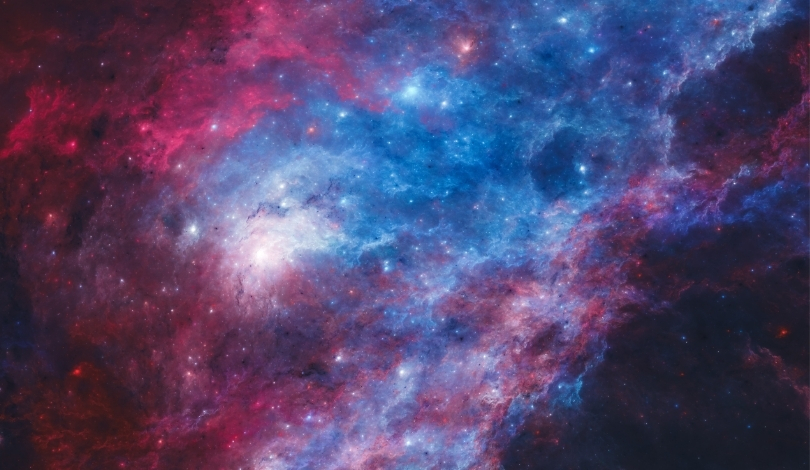January 2025 presents a remarkable opportunity for astronomy enthusiasts as Mars becomes prominently visible in the night sky. This period is marked by a series of celestial events that enhance the visibility and observation experience of the Red Planet. With advancements in telescope technology, observers will have a clearer and more detailed view, making it an ideal time for both amateur stargazers and professional astronomers to engage in celestial observations.
Historical data show that oppositions of Mars can vary significantly based on the planet‘s position in its orbit. The upcoming 2025 opposition is anticipated to be less favorable due to Mars reaching aphelion, which results in the planet appearing smaller and less bright compared to previous favorable oppositions. This pattern aligns with the cyclical nature of Mars oppositions, where the ease of observation fluctuates over approximately 15-year cycles.
What Makes the 2025 Mars Opposition Unique?
The 2025 opposition of Mars is distinctive because it occurs near the planet’s aphelion, the farthest point from the Sun in its orbit. This positioning means that Mars will be approximately 1.6 astronomical units away from the Sun, leading to a diminished apparent size of about 14 arcseconds. Unlike perihelic oppositions, where Mars is closer and appears larger and brighter, the aphelion opposition results in less favorable viewing conditions, making detailed observations more challenging.
How Will the Moon’s Occultation Affect Mars Visibility?
On January 13th, 2025, the near Full Moon will occult Mars for observers in North America, temporarily obscuring the planet from view. This event is significant as it provides a rare chance to witness the alignment of the Moon passing directly in front of Mars, creating a unique astronomical spectacle.
“The occultation offers a fleeting moment where the dynamics between the Moon and Mars can be observed in unprecedented detail,”
explained an astronomer from the U.S. Naval Observatory.
What Should Observers Prepare for When Viewing Mars?
Observers planning to view Mars during its opposition in 2025 should prepare by using advanced tools and software such as Stellarium to track the planet’s position and visibility accurately. Considering the potential for global dust storms on Mars, observers might notice changes in the planet’s coloration, shifting from the traditional red to a yellowish hue. Additionally, attempting to view Mars’ moons, Phobos and Deimos, will be more feasible with high-resolution telescopes, allowing enthusiasts to add these features to their observing checklist.
With clear skies and the right equipment, the 2025 Mars opposition offers a worthwhile experience despite the challenges posed by its aphelion position. Astronomers are encouraged to take advantage of the occultation event and the extended visibility period to enhance their understanding and appreciation of Mars’ celestial behavior.
The upcoming Mars opposition in 2025, while not as optimal as some previous events, still provides valuable observational opportunities. By understanding the unique aspects of this opposition and preparing accordingly, observers can maximize their viewing experience and contribute to the ongoing study of our neighboring planet.










